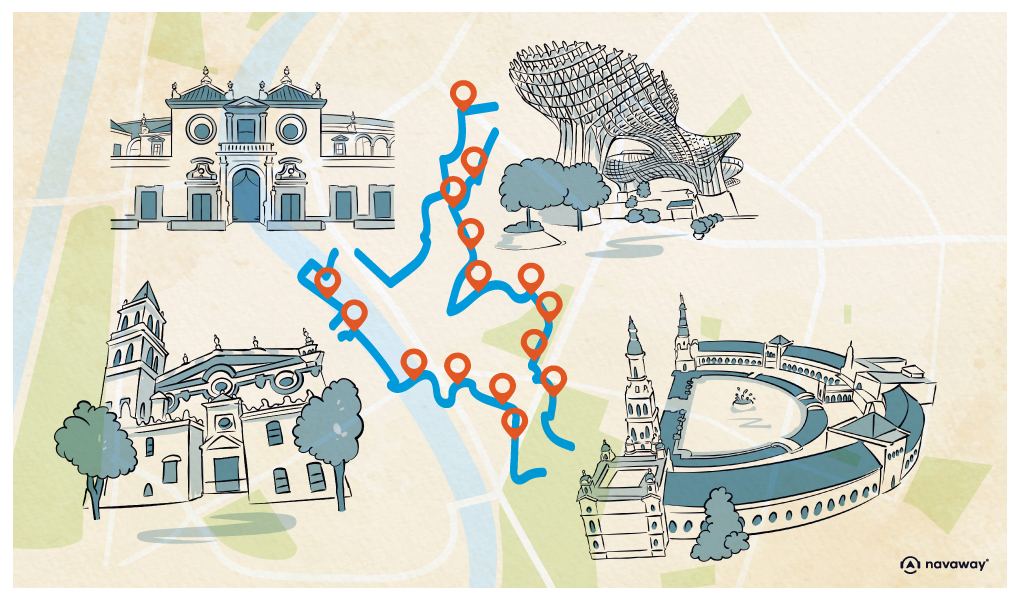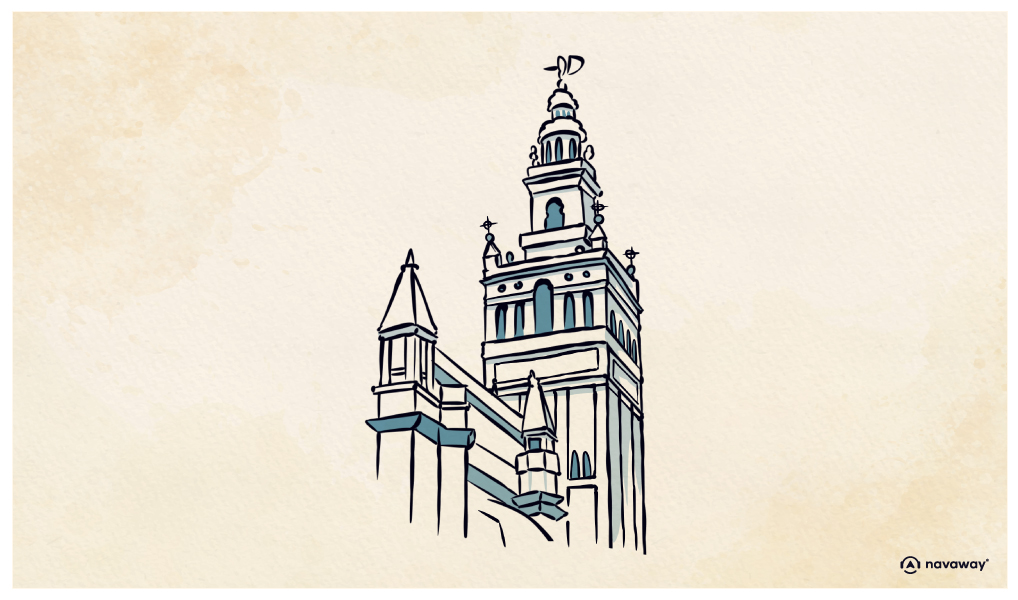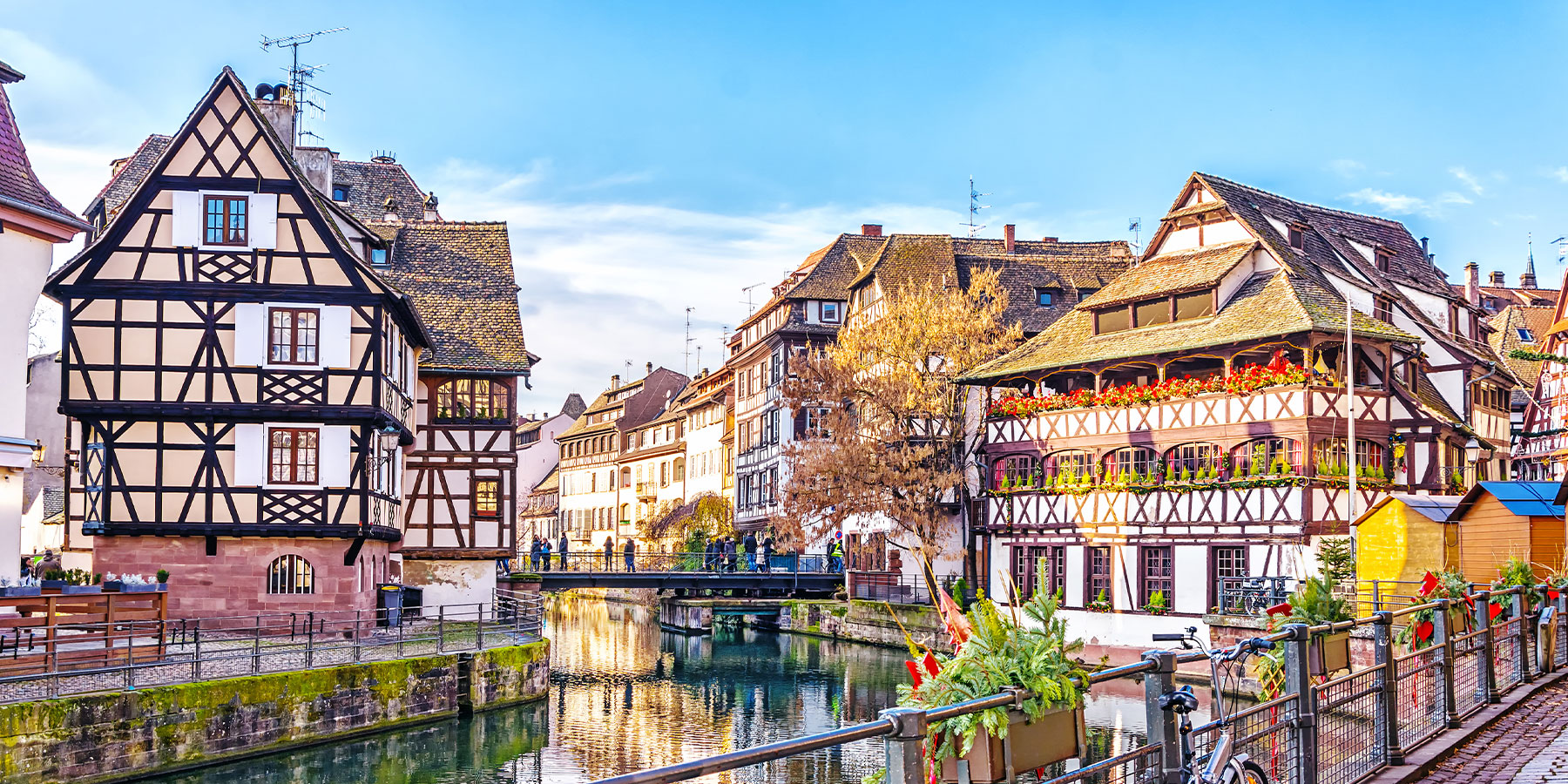
The Giralda

This point of interest is available as audio on the tour: Visit Seville, The Princess of the Guadalquivir
Here it is at last, the famous minaret everyone talks about. A small Visigothic church once stood here before Seville Cathedral took its place. When the Umayyads took control of the Iberian Peninsula, they demolished this church and built a grand mosque in its place. Today, that mosque has been transformed into what you now know as the Church of El Salvador. In the 12th century, the Almohads made Seville their capital, and began constructing a grand mosque in 1172, which was completed ten years later. The mosque had 17 aisles supported by horseshoe-shaped arches, a hallmark of taifa architecture, similar to what you can still see in the Great Mosque of Córdoba. An open courtyard bordered the prayer hall; the same courtyard that currently forms the Orange Tree Courtyard. A few years after the mosque was completed, the caliph ordered the construction of an enormous minaret, inspired by the Koutoubia in Marrakesh and the Hassan Tower in Rabat. Completed in 1198, it stood an impressive 97.5 metres tall and was topped with four large copper spheres. At the time, it was one of the most admired buildings in Al-Andalus, and the tallest tower in the world. In 1356, an earthquake struck Seville, damaging the mosque and knocking down the copper spheres from the top of the tower. 200 years later, the architect Hernán Ruiz was tasked with adding a bell tower to the top of the former minaret. After 10 years of work, a bronze statue representing Faith was placed at the summit, reaching 104 metres high. The statue was designed to rotate with the wind, and this feature gave the tower its name: Giralda, from the Spanish girar, meaning “to turn”. The Giralda was first listed as a Spanish national monument and later became a UNESCO World Heritage Site. Today, it stands proudly as the emblem of Seville.


Discover Seville with app
An interactive guide through the most beautiful streets, squares, and districts
28 fun audioguides full of historical facts, anecdotes, and legends





Comments